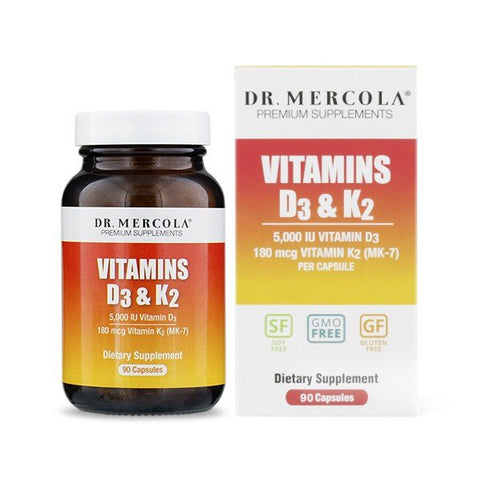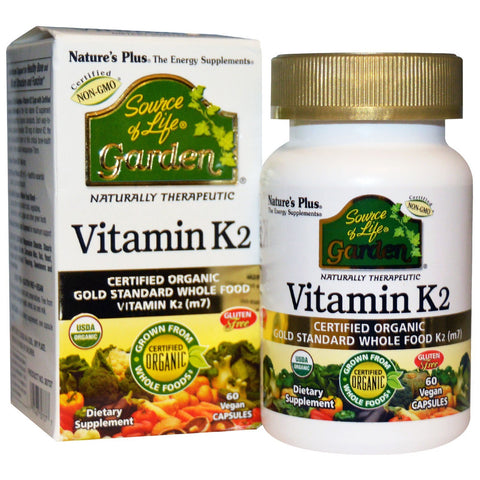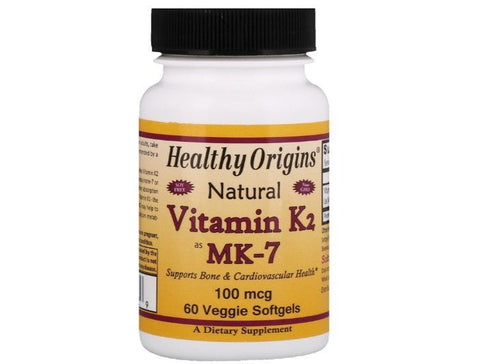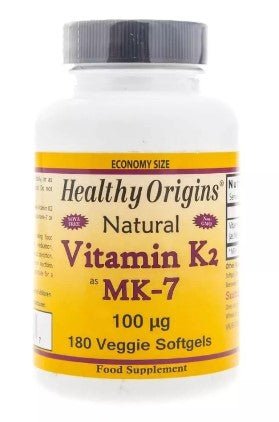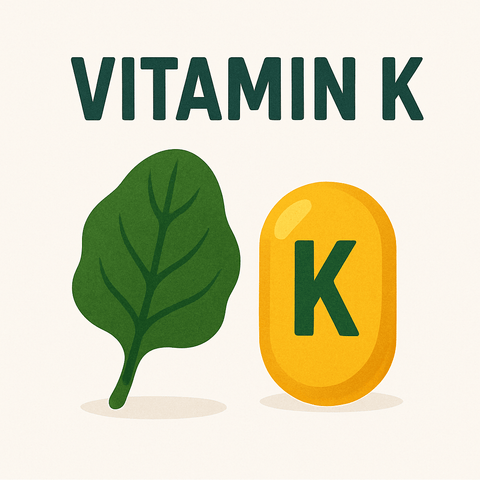
Vitamin K Benefits: Bone Health & Blood Clotting Support
🦴 Vitamin K Benefits: Bone Health & Blood Clotting Support
📚 Table of Contents
-
Introduction
-
What Is Vitamin K?
-
EFSA-Approved Health Claims
-
Vitamin K1 vs. K2: Key Differences
-
Natural Sources of Vitamin K
-
Recommended Daily Intake (EFSA Guidelines)
-
Vitamin K Deficiency: Risks and Symptoms
-
Vitamin K and Bone Health
-
Vitamin K and Blood Clotting
-
Supplementation Guidelines
-
Safety, Interactions & Upper Intake
-
FAQs
-
Conclusion
1. 📖 Introduction
Vitamin K is a fat-soluble vitamin known primarily for its essential role in normal blood coagulation and bone health. While not as frequently discussed as vitamins like D or C, it plays a vital biological role confirmed by the European Food Safety Authority (EFSA).
✅ EFSA-Approved Claims:
“Vitamin K contributes to normal blood clotting.”
“Vitamin K contributes to the maintenance of normal bones.”
This article explores Vitamin K’s mechanisms, EFSA-backed claims, natural sources, recommended intakes, safety, and practical supplementation guidance.
2. 🔍 What Is Vitamin K?
Vitamin K refers to a group of structurally similar, fat-soluble compounds that are essential for activating proteins involved in blood coagulation and calcium metabolism.
Types of Vitamin K:
-
Vitamin K1 (Phylloquinone): Found in green leafy vegetables; involved in blood clotting
-
Vitamin K2 (Menaquinone): Found in fermented foods and animal products; more directly linked to bone health and cardiovascular health
These forms differ in bioavailability and tissue distribution, but both support EFSA-approved health functions.
3. ✅ EFSA-Approved Health Claims
The European Food Safety Authority allows the following health claims based on robust scientific evidence:
➤ 1. “Vitamin K contributes to normal blood clotting.”
Vitamin K is required for the synthesis of clotting factors (II, VII, IX, X), which are essential for stopping bleeding and healing wounds effectively.
➤ 2. “Vitamin K contributes to the maintenance of normal bones.”
Vitamin K helps activate osteocalcin, a protein needed to bind calcium to the bone matrix, ensuring strong and stable bone tissue.
These claims establish Vitamin K as essential for vascular stability and skeletal integrity.
4. 🧬 Vitamin K1 vs. K2: Key Differences
Vitamin K1 (Phylloquinone)
-
Found mostly in green leafy vegetables
-
Involved in blood clotting
-
Shorter half-life in the body
-
Limited conversion to K2
Vitamin K2 (Menaquinone)
-
Found in fermented foods (e.g., natto, aged cheese)
-
Exists in several subtypes (MK-4 to MK-13)
-
Strongly supports bone and cardiovascular health
-
Longer half-life, meaning more prolonged activity in tissues
Note: While EFSA’s health claims do not distinguish between K1 and K2, both contribute to the approved functions of Vitamin K.
5. 🥬 Natural Sources of Vitamin K
Best Sources of Vitamin K1:
| Food | Vitamin K1 (mcg/100g) |
|---|---|
| Kale (cooked) | 817 mcg |
| Spinach (cooked) | 493 mcg |
| Broccoli (cooked) | 141 mcg |
| Romaine lettuce | 102 mcg |
| Brussels sprouts | 140 mcg |
| Parsley | 1640 mcg |
Best Sources of Vitamin K2 (Menaquinones):
| Food | Vitamin K2 (mcg/100g) |
|---|---|
| Natto (fermented soybeans) | 1100 mcg |
| Gouda cheese | 76 mcg |
| Hard cheeses | 40–75 mcg |
| Egg yolk | 32 mcg |
| Chicken liver | 14 mcg |
Eating a diverse diet that includes both leafy greens and fermented foods ensures optimal Vitamin K status.
6. 📏 Recommended Daily Intake (EFSA Guidelines)
EFSA provides Adequate Intake (AI) levels based on age and gender:
| Group | Vitamin K (mcg/day) |
|---|---|
| Infants (0–12 months) | 10 mcg |
| Children (1–10 years) | 12–20 mcg |
| Adolescents (11–17 years) | 30–45 mcg |
| Adult Men | 70 mcg |
| Adult Women | 60 mcg |
| Pregnant/Lactating Women | 60–65 mcg |
These amounts are sufficient to support EFSA-authorized functions like normal clotting and bone health.
7. ⚠️ Vitamin K Deficiency: Risks and Symptoms
Although rare, Vitamin K deficiency can lead to serious complications.
Causes of Deficiency:
-
Poor dietary intake (especially in processed-food diets)
-
Fat malabsorption disorders (e.g., celiac disease, IBS)
-
Liver disease
-
Long-term antibiotic use (kills gut bacteria that produce K2)
Symptoms:
-
Excessive bleeding and bruising
-
Slow wound healing
-
Blood in urine or stool
-
Weakened bones or increased fracture risk (long-term)
8. 🦴 Vitamin K and Bone Health
How It Works:
Vitamin K activates osteocalcin, a protein that binds calcium to bones and teeth. Without sufficient Vitamin K, calcium may be deposited in soft tissues instead of bones.
✅ EFSA Claim: “Vitamin K contributes to the maintenance of normal bones.”
Studies also show low Vitamin K levels are associated with reduced bone mineral density and increased fracture risk, especially in the elderly.
9. 🩸 Vitamin K and Blood Clotting
Mechanism:
Vitamin K is required for the carboxylation of glutamic acid residues on clotting proteins. This modification is essential for their activation and function in the coagulation cascade.
✅ EFSA Claim: “Vitamin K contributes to normal blood clotting.”
Clotting Factors Requiring Vitamin K:
-
Factor II (Prothrombin)
-
Factor VII
-
Factor IX
-
Factor X
-
Proteins C and S (natural anticoagulants)
Without Vitamin K, these proteins remain inactive, increasing the risk of bleeding disorders.
10. 💊 Supplementation Guidelines
When to Consider Supplements:
-
Low dietary intake of greens and fermented foods
-
Long-term use of antibiotics or anticoagulants
-
Osteopenia or osteoporosis prevention
-
Liver dysfunction or fat absorption issues
Forms Available:
-
K1 (phylloquinone): Widely used and effective
-
K2 (MK-4, MK-7): Often found in bone health supplements
-
Combined formulas: With Vitamin D3 and calcium for bone synergy
⚠️ Important: Those on blood-thinning medications (e.g., warfarin) must consult a doctor before using Vitamin K supplements.
11. ⚖️ Safety, Interactions & Upper Intake
Is Vitamin K Safe?
Yes—Vitamin K from food has no known toxicity, and the body regulates excess amounts efficiently.
EFSA on Upper Limit:
EFSA has not established a Tolerable Upper Intake Level (UL) for Vitamin K due to its low toxicity.
However, large doses may interfere with anticoagulant therapy. Always seek medical advice when taking high-dose K2 supplements.
12. ❓ FAQs
Q1: What is Vitamin K good for?
EFSA confirms that it supports normal blood clotting and bone maintenance.
Q2: What foods are high in Vitamin K?
Leafy greens (spinach, kale), natto, cheese, egg yolks, and parsley.
Q3: Should I take Vitamin K with Vitamin D?
Yes—Vitamin D supports calcium absorption, while Vitamin K helps direct calcium into bones, not arteries.
Q4: Can you get too much Vitamin K?
From food, no. From supplements—possibly, especially if on blood thinners.
Q5: Is Vitamin K the same as potassium?
No. Potassium is a mineral (symbol K), while Vitamin K is a fat-soluble vitamin.
13. ✅ Conclusion
Vitamin K is an essential fat-soluble nutrient, backed by EFSA-approved health claims for:
-
✅ Normal blood clotting
-
✅ Maintenance of normal bones
To optimize your Vitamin K status:
-
Eat leafy greens and fermented foods regularly
-
Pair with healthy fats for better absorption
-
Supplement if you have digestive or clotting issues
-
Monitor intake if you’re on anticoagulants
Whether you’re focused on bone health, cardiovascular integrity, or wound healing, Vitamin K is a cornerstone micronutrient not to be overlooked.

